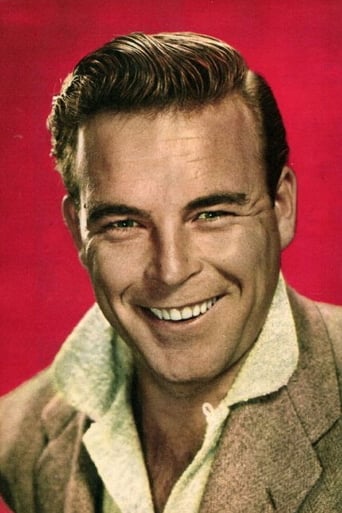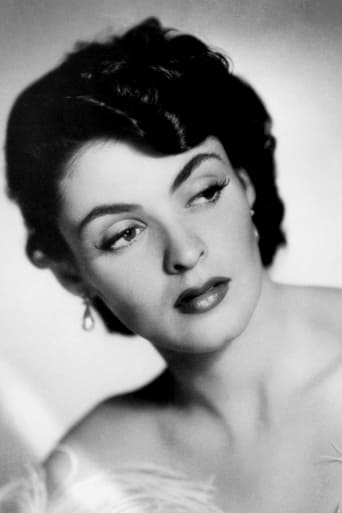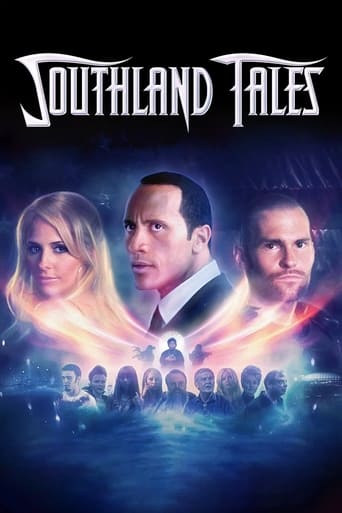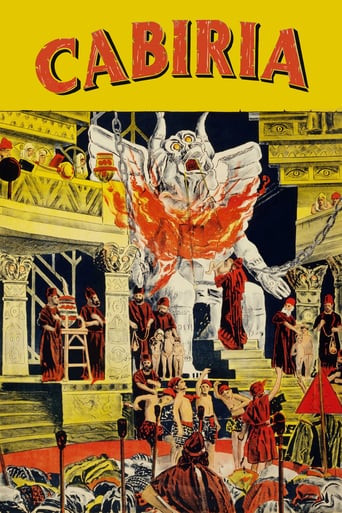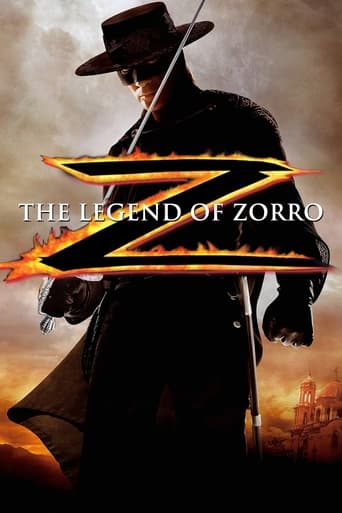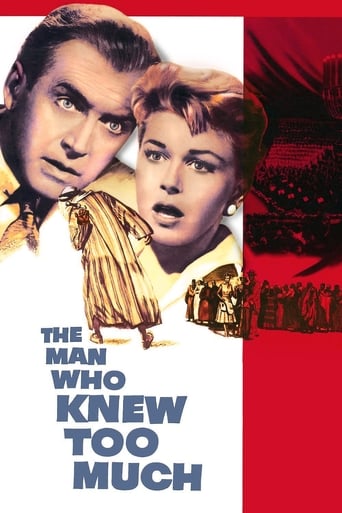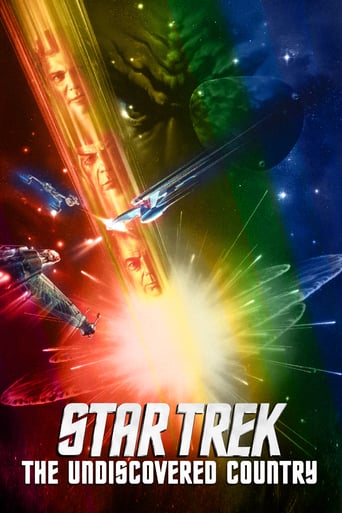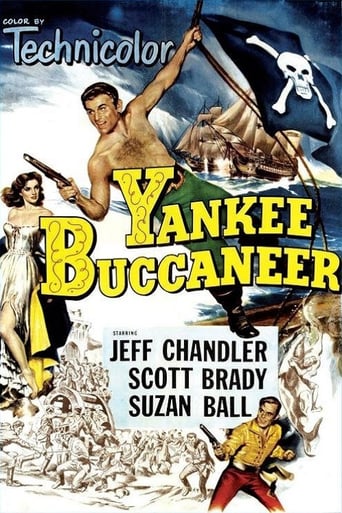
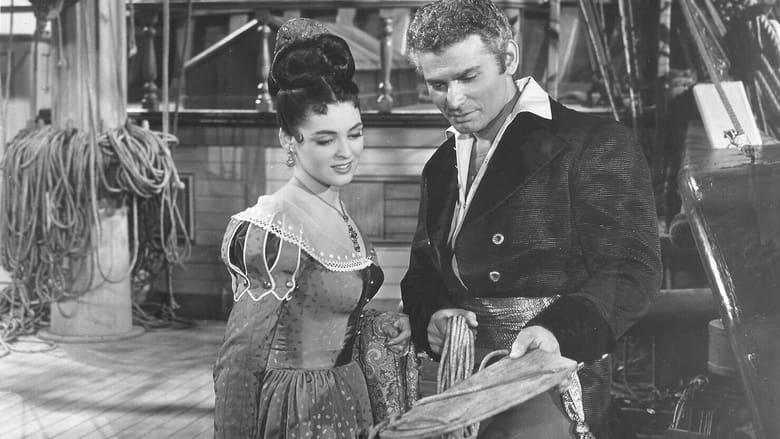
Yankee Buccaneer (1952)
A United States Navy ship in the first half of the 19th century, under the command of Captain David Porter, is expecting to put ashore after a year on the seas; but the arrival of one of Porter's ex-students, the willful and independent Lieutenant David Farragut, brings a new mission: to disguise the ship and crew as a pirate ship and help the Navy locate the criminals who have been robbing America's merchant fleet. But as Farragut's disobedience threatens the safety of the crew, they stumble upon an international conspiracy.
Watch Trailer
Cast
Similar titles

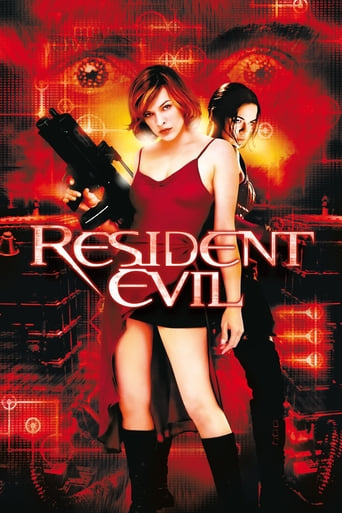
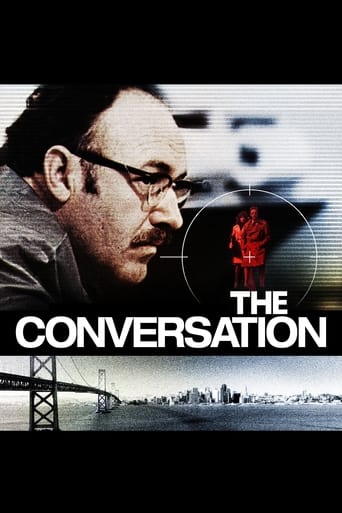
Reviews
Such a frustrating disappointment
Brilliant and touching
This is a tender, generous movie that likes its characters and presents them as real people, full of flaws and strengths.
Good films always raise compelling questions, whether the format is fiction or documentary fact.
After an extended tour of duty on the high seas the captain of an American warship receives orders to investigate pirate activity and report back to Charleston afterwards. In order to accomplish this mission "Captain David Porter" (Jeff Chandler) is also ordered to masquerade as a pirate ship in the process. Along with that a young navy officer named "Lieutenant David Farragut" (Scott Brady) is sent to assist him. Unfortunately, what the Navy Department doesn't know is that there is a history between the two and things only gets worse when a young woman by the name of "Countess Margarita La Raguna" (Susan Ball) is granted political asylum aboard the ship. Now rather than reveal any more of this movie I will just say that, although a little old, this was a fairly good pirate film which pretty much covers all of the bases one would expect in a movie of this sort. Because of that I have rated this movie accordingly. Slightly above average.
history and romance. atmosphere of a lot of other adventure films from the period. and something different. maybe the humor or the different manner to use ingredients of original recipes. in fact, a film who has the charm of the heroic stories and something more. maybe the acting or the American implication in a different European problem. maybe the absence of Errol Flynn and the inspired measure in definition of character by Jeff Chandler. or the performance of Joseph Calleia who explores the each side of his character. a film of great images and full of air from childhood books. an oasis for different viewers. and, sure, a certainly delight.
My title quote is from one of the crew of Captain Porter's US Naval vessel, disguised as the pirate ship/privateer Balboa. He has just put a blindfold on Count Del Prado, the Spanish Governor of the West Indies(a dubious title), before he is made to walk the plank, unless he tells Porter where a large pirate fleet is located! At the last second, Del Prado indirectly complies by providing a map of where this fleet plus a Portuguese man o'war plan to attack a Brazilian treasure fleet sailing from Rio to London! Del Prado then requests that he be taken ashore and released. Porter says, OK, but not until they reach Chalreston, S.C.! This is a sampling of the outrageous historical and political license assumed in screen writing this hurriedly concocted yarn, while waiting for Flynn's broken ankle to heal, so that another pirate yarn could be finished. As others have pointed out, David Porter and David Farragut, two very famous 19th century US naval officers, were very connected personally, but not in the manner dramatized in this film.A Portuguese man o' war in the Caribbean, which lacked any Portuguese colonies, allied with the Spanish governor and Spanish pirates?? I don't think so! True, Portugal had been in a state of political turmoil since the French invasion, and had moved it's empire capital from Lisbon to Rio during and after the Napoleonic Wars. Brazil had recently declared its independence, just after the royal family moved back to Lisbon, but they were not at war with each other. A beautiful young Brazilian countess(Suzan Ball) marooned by the Spanish governor on a small island, well occupied by Native Americans, off the Mosquitoe coast of Central America?? I don't think so! She should have been dead of malaria or yellow fever, etc,, by then!This is one of those films where the dramatic leading man and the romantic leading man are not the same. In this case, the exceptionally tall Jeff Chandler, as the older Captain Porter, is the dramatic lead, while the younger Scott Brady, as the recent midshipman graduate, Lt. David Farragut, is the romantic lead. The prematurely graying Chandler gave it a shot, but evidently was considered too old, by Margarita. Ball and Brady had a previous romantic relationship, resulting from being cast in another film. Neither Chandler nor Brady come across to me as being especially charismatic action actors. Of the 4 Universal pirate films included in their current DVD offering, this is certainly my least favorite(and the only loser), for several reasons, this being one. Suzan Ball, cousin of Lucille Ball, whose new TV sitcom was a big hit when this film was being made, certainly came across as a believable beautiful Portuguese princess. As in "War Arrow", her character was quite adamant in demanding respect from the men. However, she wasn't as much fun as Yvonne de Carlo in "Buccaneer's Girl", nor Maureen O'Hara , in "Against all Flags". Unfortunately, she would succumb to cancer at age 21, but not before playing Chief Crazy Horse's wife(She mostly played ethnics) Although she was married at the time, her real love seems to have been the married Anthony Quinn, with whom she had a previous affair.This is a pirate yarn in which we never encounter a real classic pirate or pirate ship! Such are only talked about. The only near naval battle is between Captain Porter's ship and the Portugues Man o' War. All the other several skirmishes take place on land. This includes the capture of Farragut by the Native American friends of Countess Margarita, the capture of Farragut's landing party by Del Prado's soldiers, near the governor's palace/fort in Havanna, and the subsequent sword fight between the Porter-led rescue party and Del Prado's soldiers. In this last action, we have US navy personnel, impersonating pirates, capture a bunch of Del Predo's sentries, then don their uniforms and impersonate them at the changing of the guard, in order to gain easy entry through the gates into the governor's palace.Like Suzan Ball, Joseph Calleia, who plays Del Prado, started his entertainment career as a singer, but was transformed by Hollywood into a typecast heavy, often a mobster. He was a native of Malta, a small island near Sicily.George Mathews plays chief Petty Officer Link, whose role is rather similar to that of the first mate in many pirate films. Link usually accompanied Farragut in his several landing parties. A running gag is his, often frustrated, fondness for alcoholic drinks. At one point,it's reported that scurvy is breaking out among the crew. Lacking any vegetable sources of vitamin C, Porter orders the crew to imbibe some rum as a 'tonic'. This was a popular, but quite ineffective, remedy for centuries. The Chinese typically took green tea on their long voyages, which was effective and also had a good shelf life. The limes that the British eventually adopted were effective, but the acidity was hard on the sailor's teeth, which they needed to chew the hardtack given them.
"Yankee Buccaneer" is based on a historically fictional screenplay hurriedly put together when Errol Flynn hurt himself during the filming of "Against All Flags' at Universal, and it became apparent that the actor would need considerable time to recuperate. It was decided to utilize the standing sets and personnel and turn out this B picture programmer depicting two of the most famous figures in American Naval history, David Porter and David Farragut.As portrayed by Jeff Chandler, Porter is a martinet and stickler for regulations who is particularly hard on his first officer, David Farragut. As portrayed by Scott Brady, Farragut is brash and prone to be insubordinate, In real life, although both men served in the 1821 - 1825 War against the Caribbean pirates, they did not serve on the same ship, and the screenplay about Porter's going undercover as a privateer never happened.Too bad the Tinseltown writers didn't follow real history, which would have made a much more interesting story. Farragut (born 1801) was actually the adopted son of Porter (born 1780), and that's a story in itself. Porter's father David Porter Sr., a Revolutionary War veteran, met and befriended another naval veteran, Spanish-born Jordi Farragut, a former Spanish merchant captain. Suffering from tuberculosis and sunstroke, Porter Sr. died as a guest in the Farragut home. In a tragic coincidence, Farragut's Scots-Irish wife Elizabeth passed away from yellow fever the very same day.Porter, Jr., visited the Farragut family to express his thanks for their care of his father and sympathy for the death of its matriarch. Despite having ten surviving children of his own, including six sons, Porter, Jr., offered to adopt Jordi's seven year old son, James Glasgow Farragut. Out of gratitude, the young Farragut changed his name to David Farragut. David Porter was already a veteran of the Undeclared War against France, the Barbary Pirate War, and was first to capture a British ship in the War of 1812. Young Farragut enlisted in the Navy in 1810 at the tender age of nine and was very active during the War of 1812 including being wounded and captured by the British in 1814 off the coast of Chile. The real Porter had the reputation of being a hard drinker and often caroused with friends including renowned writer Washington Irving. In the film however, the drinking is left to his chief petty officer, played by George Matthews, as Porter conveniently looks the other way.After the War of 1812 was over, pirate activity literally exploded in the Caribbean. Between 1815-1823, there were over 3000 documented acts of piracy in the region. Spanish gold was no longer the prime target, and commercial goods like sugar, rum, dyes, and coffee were plundered by the corsairs, whose chief centers of operation were Puerto Rico, Hispaniola, and especially Cuba. The pirates, some of whom were Americans, were a bloodthirsty lot who were not above butchering the passengers as well as the crews of the victim ships. This interruption of the free market affected the American economy to such a point that President Monroe authorized the creation of a West Indian squadron of ships in 1821 to eradicate the problem.Farragut served as a lieutenant during the conflict beginning in 1821, and Porter gave up an influential post to be the Commander of Operations in the Caribbean in 1822. Eradicating the pirates was very difficult because many operated out of coastal swamps and rivers, which were too shallow for Porter's bigger ships to navigate. His fleet included sixteen large vessels, several of which were financed and outfitted personally by him, and five "Mosquito" ships, which he used to pursue the buccaneers into inland waterways. Farragut commanded one of these smaller "Mosquito Fleet" boats and did not serve on the same boat as Porter as the film depicts.Things did not turn out happily for Porter. American policy dictated that captured pirates not be brought to the U.S. for trial but be turned over to the local government. This frustrated Porter because it was routine for the pirates to bribe their way out of the charges and return to plundering. Even the hero of the Battle of New Orleans, Jean Lafitte, returned to the Jolly Roger and was released after his capture after paying off a local official. (Ironically he was killed on the high seas shortly after by one of his fellow buccaneers.)When one of his officers was imprisoned by the local government in the Spanish town of Fajardo, Puerto Rico, an enraged Porter invaded the town. As Spain was an American ally at the time, this was an unsanctioned action, and Porter was court-martialed and suspended. In the film, Porter forces a duplicitous Spanish envoy to walk the plank in order to get evidence of his collusion with the pirates, and the film ends with his anticipation of being court-martialed for these actions, not the invasion of Fajardo.A disgruntled Porter resigned to become commander-in-chief of the Mexican Navy (1826-1829) but subsequently repatriated himself upon his return to the States and was appointed Minister of the Barbary States. He died in 1843 aged 63 while serving as Ambassador to Turkey.David Farragut, his adopted son and namesake, served honorably during the Mexican War and was the North's greatest naval hero of the Civil War. He died in 1870.

